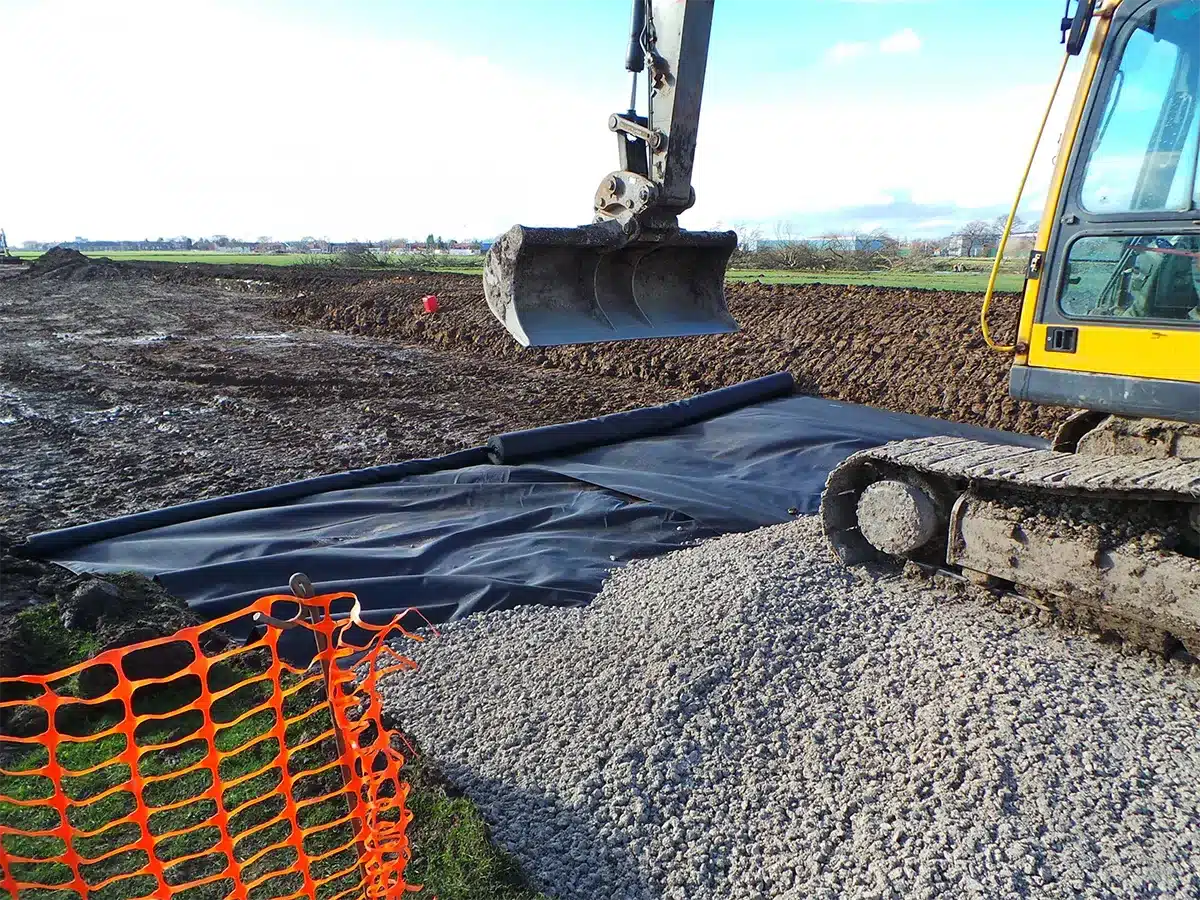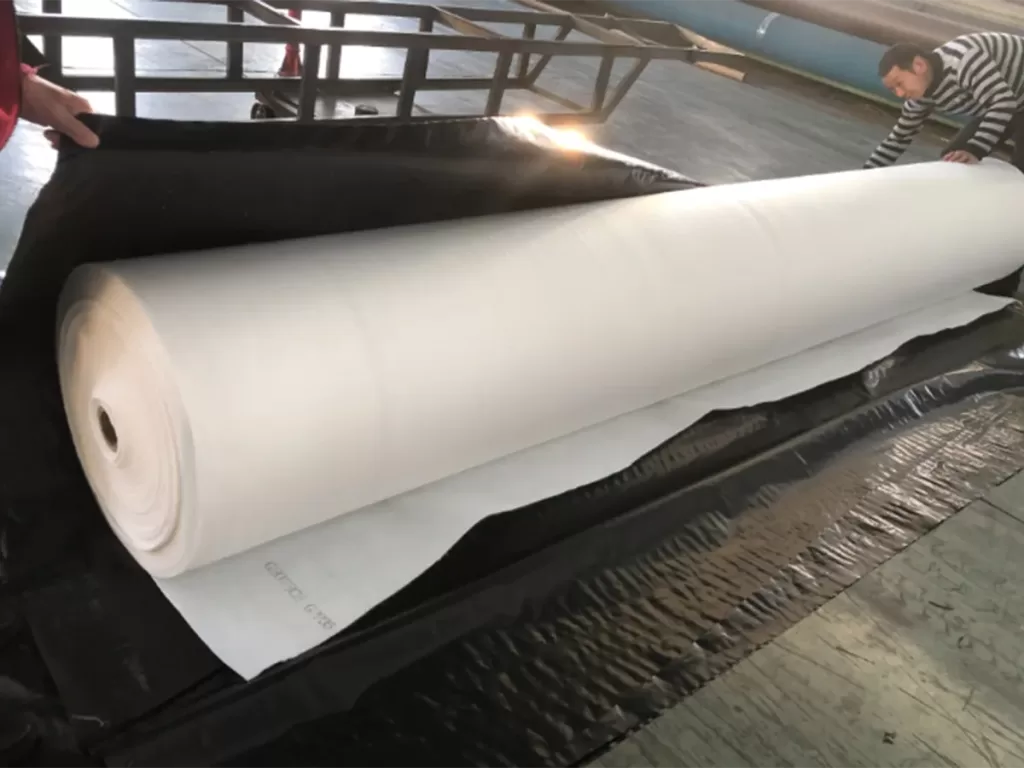+86-159 9860 6917
info@geofantex.com
geofantex@gmail.com
+86-400-8266163-44899
Transmissivity is a crucial property in the field of geosynthetics, playing a significant role in environmental engineering, particularly in applications involving water drainage and filtration. It measures the ability of a geosynthetic material to transmit fluids within its plane, which is essential for effective water management in construction projects. This article delves into the concept of transmissivity in geosynthetics, explaining what it is, how it relates to flow rate, and the differences between geotextiles and geosynthetic membranes.
What is Transmissivity of Geosynthetics?
Transmissivity of geosynthetics refers to the capacity of a geosynthetic material to allow water or other fluids to flow through it within its plane. This property, which describes the ability for fluid flow within the plane of the material, is critical in applications where lateral water flow needs to be managed, such as in drainage systems, landfill liners, and retaining wall designs. High transmissivity indicates that the geosynthetic can efficiently move fluids across its surface, preventing water accumulation and promoting effective drainage. The measurement of transmissivity helps engineers choose the right geosynthetic material for specific environmental conditions and project requirements.

What is Meant by Transmissivity of Geotextile?
Transmissivity of geotextile specifically refers to the ability of a geotextile fabric to transmit water along its plane, which is essentially the volume flow rate of water per unit hydraulic gradient in the direction parallel to the sample plane. This is different from permeability, which measures water flow perpendicular to the fabric. Transmissivity is influenced by the thickness, structure, and material of the geotextile. It is a key parameter in applications where the geotextile serves as a drainage layer, ensuring that water can move laterally to be collected and diverted away from critical structures. Understanding transmissivity helps in selecting the appropriate geotextile for effective water management in various engineering projects.
What is Transmissivity to Flow Rate?
Transmissivity to flow rate describes the relationship between the transmissivity of a geosynthetic material and the rate at which water or other fluids can flow through it. This relationship is defined as the outflow rate (in cubic meters per second) divided by the width of the sample tested and the hydraulic gradient. The flow rate, typically measured in terms of volume per unit time (e.g., liters per second), is directly proportional to the transmissivity of the material. A higher transmissivity means a higher flow rate, allowing for more efficient water drainage within the plane of the geosynthetic. This relationship is crucial in designing systems where rapid and efficient water removal is necessary to prevent structural damage or failure.
What is the Difference Between Geotextile and Geosynthetic Membrane?
The difference between geotextile and geosynthetic membrane lies in their composition, function, and application. The geomembrane is made of high-density polyethylene, which is used to prevent seepage, while the geotextile is made of non-woven fabric. Geotextiles are permeable fabrics made from synthetic materials, primarily used for filtration, separation, and drainage. They allow water to pass through while retaining soil particles, making them ideal for applications where water flow through the fabric is needed. On the other hand, geosynthetic membranes, often referred to as geomembranes, are impermeable or semi-impermeable barriers designed to prevent the passage of liquids or gases. Geosynthetic membranes are commonly used in containment applications, such as liners for landfills, ponds, and reservoirs, where preventing fluid leakage is essential.
Transmissivity in geosynthetics is a vital factor in determining the efficiency of water management systems in engineering projects. By understanding transmissivity, particularly in geotextiles, and how it relates to flow rate, engineers can design more effective drainage systems and ensure long-lasting structural integrity. The distinction between geotextiles and geosynthetic membranes further highlights the importance of selecting the right material for specific applications, whether for drainage, filtration, or containment. Proper use of geosynthetics, based on their transmissivity, plays a crucial role in modern environmental engineering and construction practices.



Get Free Sample
We’ll respond as soon as possible(within 12 hours)






















